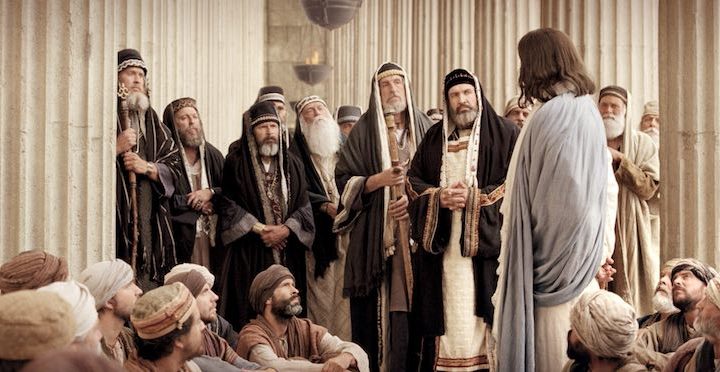What happened in the intertestamental period?

The time between the last writings of the Old Testament and the appearance of Christ is known as the “intertestamental” (or “between the testaments”) period. Because there was no prophetic word from God during this period, some refer to it as the “400 silent years.” The political, religious, and social atmosphere of Palestine changed significantly during this period. Much of what happened was predicted by the prophet Daniel. (See Daniel chapters 2, 7, 8, and 11 and compare to historical events.)
Israel was under the control of the Persian Empire from about 532–332 B.C. The Persians allowed the Jews to practice their religion with little interference. They were even allowed to rebuild and worship at the temple (2 Chronicles 36:22–23; Ezra 1:1–4). This period included the last 100 years of the Old Testament period and about the first 100 years of the intertestamental period. This time of relative peace and contentment was just the calm before the storm.
Alexander the Great defeated Darius of Persia, bringing Greek rule to the world. Alexander was a student of Aristotle and was well educated in Greek philosophy and politics. He required that Greek culture be promoted in every land that he conquered.
As a result, the Hebrew Old Testament was translated into Greek, becoming the translation known as the Septuagint. Most of the New Testament references to Old Testament Scripture use the Septuagint phrasing. Alexander did allow religious freedom for the Jews, though he still strongly promoted Greek lifestyles. This was not a good turn of events for Israel since the Greek culture was very worldly, humanistic, and ungodly.

After Alexander died, Judea was ruled by a series of successors, culminating in Antiochus Epiphanes. Antiochus did far more than refuse religious freedom to the Jews. Around 167 B.C., he overthrew the rightful line of the priesthood and desecrated the temple, defiling it with unclean animals and a pagan altar (see Mark 13:14). This was the religious equivalent of rape. Eventually, Jewish resistance to Antiochus restored the rightful priests and rescued the temple. The period that followed was one of war, violence, and infighting.
Around 63 B.C., Pompey of Rome conquered Palestine, putting all of Judea under control of the Caesars. This eventually led to Herod being made a king of Judea by the Roman emperor and senate. This would be the nation that taxed and controlled the Jews, and eventually executed the Messiah on a Roman cross. Roman, Greek, and Hebrew cultures were now mixed together in Judea.
During the span of the Greek and Roman occupations, two important political/religious groups emerged in Palestine. The Pharisees added to the Law of Moses through oral tradition and eventually considered their own laws more important than God’s (Mark 7:1–23).
While Christ’s teachings often agreed with the Pharisees, He railed against their hollow legalism and lack of compassion. The Sadducees represented the aristocrats and the wealthy.

The Sadducees, who wielded power through the Sanhedrin, rejected all but the Mosaic books of the Old Testament. They refused to believe in the resurrection and were generally shadows of the Greeks, whom they greatly admired.
This rush of events that set the stage for Christ had a profound impact on the Jewish people. Both Jews and pagans from other nations were becoming dissatisfied with religion.
The pagans were beginning to question the validity of polytheism. Romans and Greeks were drawn from their mythologies towards Hebrew Scriptures, now easily readable in Greek or Latin. The Jews, however, were despondent. Once again, they were conquered, oppressed, and polluted. Hope was running low; faith was even lower. They were convinced that now the only thing that could save them and their faith was the appearance of the Messiah.
The New Testament tells the story of how hope came, not only for the Jews but for the entire world. Christ’s fulfilment of prophecy was anticipated and recognized by many who sought Him out. The stories of the Roman centurion, the wise men, and the Pharisee Nicodemus show how Jesus was recognized as the Messiah by those who lived in His day. The “400 years of silence” were broken by the greatest story ever told—the gospel of Jesus Christ!
Got Questions Ministries. (2002–2013).

